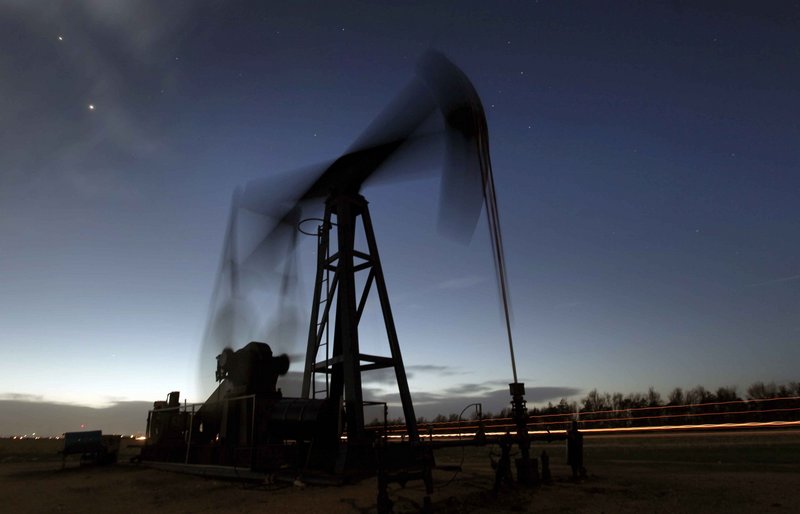The United States will become the world’s top producer of oil within five years, a net exporter of the fuel around 2030 and nearly self-sufficient in energy by 2035, according to a new report from the International Energy Agency.
It’s a bold set of predictions for a nation that currently imports some 20 percent of its energy needs.
Recently, however, an “energy renaissance” in the United States has caused a boost in oil, shale gas and bio-energy production due to new technologies such as hydraulic fracturing, or fracking. Fuel efficiency has improved in the transportation sector. The clean-energy industry has seen an influx of solar and wind efforts.
By 2015, U.S. oil production is expected to rise to 10 million barrels per day before increasing to 11.1 million barrels per day by 2020, overtaking second-place Russia and front-runner Saudi Arabia. The United States will export more oil than it brings into the country in 2030.
Around the same time, however, Saudi Arabia will be producing some 11.4 million barrels per day of oil, outpacing the 10.2 million from the United States. In 2035, U.S. production will slip to 9.2 million barrels per day, far behind the Middle Eastern nation’s 12.3 million barrels per day. Iraq will exceed Russia to become the world’s second-largest oil exporter.
At that point, real oil prices will reach $125 a barrel. By then, however, the United States won’t be relying much on foreign energy, according to the IEA’s World Energy Outlook.
Globally, the energy economy will undergo a “sea change,” according to the report, with nearly 90 percent of Middle Eastern oil exports redirected toward Asia.
“No country is an energy ‘island,’ and the interactions between different fuels, markets and prices are intensifying,” according to the report.
Fossil fuels, which enjoyed a 30 percent jump in subsidies last year to $523 billion worldwide, will still surpass renewable energy sources, according to IEA. But so-called green power will become the world’s second-largest form of generation within three years and will threaten coal’s supremacy by 2035.
That progression, however, “hinges critically on continued subsidies” for wind, solar and biofuel technologies, which last year amounted to some $88 billion and needs to reach $4.8 trillion through 2035, according to IEA.
Even then, however, “the world is still failing to put the global energy system onto a more sustainable path,” according to the report.
Global energy demand will boom by 2035, rising to 99.7 million barrels a day from 87.4 million last year. China’s demand will rise 60 percent in that period; India’s will more than double.
Demand in developed countries will increase just 3 percent, with the desire for oil and coal losing share in the overall energy mix.
Energy-related carbon dioxide emissions will creep up, causing a long-term average temperature increase of 3.6 degrees Celsius, or 6.5 degrees Fahrenheit. Energy production will continue to suck at the world’s water resources — it already accounts for 15 percent of total water use.
Send questions/comments to the editors.



Success. Please wait for the page to reload. If the page does not reload within 5 seconds, please refresh the page.
Enter your email and password to access comments.
Hi, to comment on stories you must . This profile is in addition to your subscription and website login.
Already have a commenting profile? .
Invalid username/password.
Please check your email to confirm and complete your registration.
Only subscribers are eligible to post comments. Please subscribe or login first for digital access. Here’s why.
Use the form below to reset your password. When you've submitted your account email, we will send an email with a reset code.